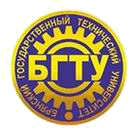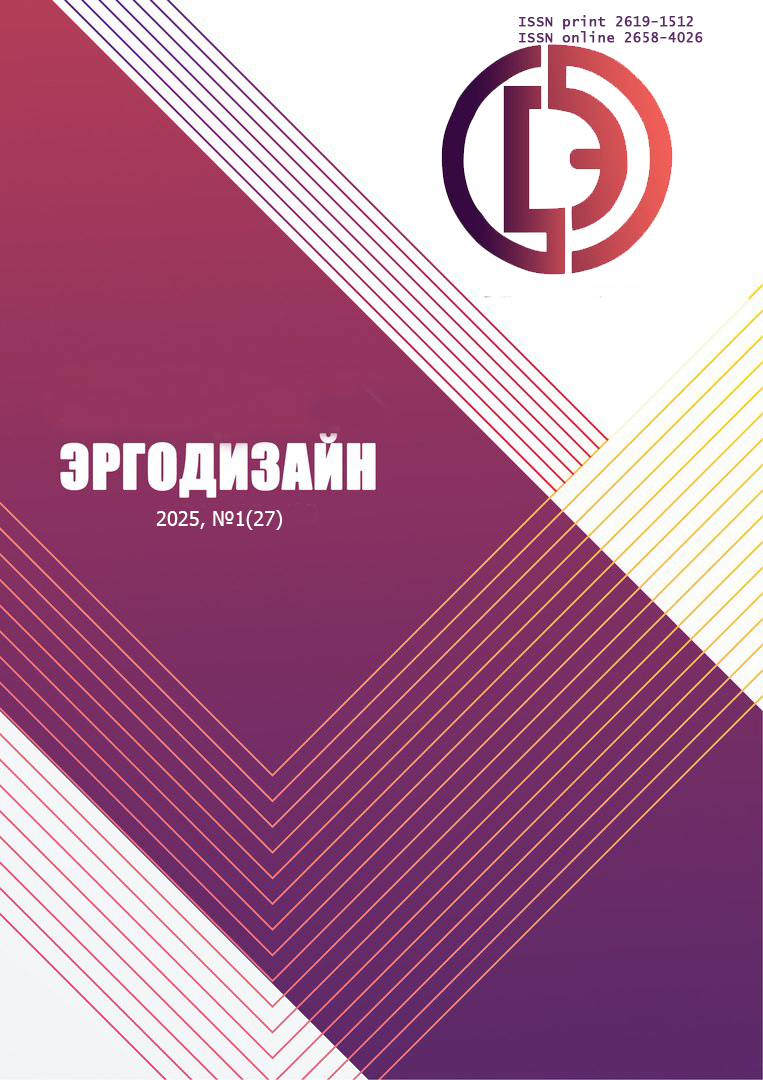Novosibirsk, Russian Federation
Novosibirsk, Russian Federation
Novosibirsk, Russian Federation
VAK Russia 5.3.2
UDC 159.91
UDC 331.101.1
CSCSTI 15.81
CSCSTI 12.09
Russian Classification of Professions by Education 25.02.05
Russian Classification of Professions by Education 25.05.05
Russian Library and Bibliographic Classification 395
Russian Library and Bibliographic Classification 884
Russian Trade and Bibliographic Classification 535
The aim of the study was to determine the visual-motor and auditory-motor reactions of Civil Aviation Institute cadets depending on the type of motor activity. In some emergencies, pilots of highly automated aircraft are required to make intuitive and instinctive control actions after receiving a visual and/or sound signal, while the protection system of the highly automated aircraft will not allow going beyond the operational flight envelope. The study involved 51 male cadets of the Civil Aviation Institute, who were divided into 4 groups depending on the type of motor activity. The investigation used the “Attention Assessment” and “Law of Strength (Sound)” methods from the PsychoTest hardware-software complex. The investigation found significant differences in reaction time between the studied groups; however, a clear superiority of athlete-cadets over their non-exercising colleagues was not established. Within each group, neither reaction time nor grip strength varied with the auditory signal loudness. However, dynamometer grip strength during the audiomotor reaction test differed significantly between non-exercising cadets and those engaged in some form of additional motor activity. This, in the authors’ opinion, correlates with the results of the psychological tests.
visual-motor reaction, audiomotor reaction, Civil Aviation Institute cadets, motor activity
1. Kovalenko G.V., Muravyov I.S., Miroshnichenko A.V. Method of formation and maintenance of manual piloting skills of highly automated aircraft in the process of using automatic flight modes. Bulletin of the St. Petersburg State University of Civil Aviation. 2021. №. 1 (30). P. 5-21.
2. Alekseenko M.S. Psychological profile of pilots operating different types of aircraft. Systems Psychology and Sociology. 2022. No. 4 (44). P. 19-27. DOIhttps://doi.org/10.25688/2223-6872.2022.44.4.02.
3. Ponomarenko V.A. On the 50-year history of engineering psychology. Psychological Journal. 2010. T. 31, №. 3. P. 125-128.
4. Investigation report: serious incident to the Boeing 777-228ER operated by Air France on May 2, 2015. Bu-reau d'Enquêtes et d'Analyses pour la Sécurité de l'Aviation Civile, 2022. 16 p.
5. Final investigation report: accident of Pakistan international airlines flight PIA 8303 Airbus A320-214. Aircraft accident investigation board of Pakistan, 2023. 160 p.
6. Rapport d’enquete technique: accident a l’avion ATR72-600. Royal Society of the Ministry of Tourism, Artisan, Air Transport and Social Economy, 2018. 62 p.
7. Kozlov V.V. The "Human Factor" doctrine as a tool for improving flight safety. The Human Factor in Complex Technical Systems and Environments: Proc. 2nd Int. Conf., July 6-9, 2016. St. Petersburg: Interregional Ergonomic Association. 2016. P. 32-39.
8. Ivanova K.A., Levin D.N. Continuous monitoring of the psychophysiological state of civil aviation pilots in the "crew-aircraft" system. Ergodesign. 2023. No. 4 (22). Pp. 384-392. DOIhttps://doi.org/10.30987/2658-4026-2023-4-384-392.
9. Grebennikov E.K., Grebennikova I.N., Salimzyanov E.R. et al. Social and psychological adaptation of cadets of the Civil Aviation Institute depending on the type of motor activity. Human capital. 2024. №. 1(181). P. 265-271. DOIhttps://doi.org/10.25629/HC.2024.01.27.
10. Ryazantsev A.I., Grebennikov E.K., Grebennikova I.N. et al. Cardiovascular and vegetative adaptation of cadets of the Civil Aviation Institute to different types of locomotor motor activity. Siberian Scientific Medical Journal. 2024. Vol. 44, №. 3. P. 108-117. DOIhttps://doi.org/10.18699/SSMJ20240312.
11. Morozov A.A., Golovkov V.V., Fedyuk N.S. Sports and outdoor games as an effective means of developing special qualities of cadets. Special equipment and transport technologies. 2022. №. 16. P. 313-319.
12. Silchuk A.M., Bolotin A.E., Prigoda K.G. et al. Rank structure of factors influencing the effectiveness of the start in breaststroke swimming. Actual problems of physical and special training of law enforcement agencies. 2024. №. 1. P. 101-106.
13. Akchurin F.A., Sevastyanov A.G., Salimzyanov R.R. On the importance of the GTO physical education and sports complex in the system of higher educational institutions and its influence on cadets of the Ufa Civil Aviation Institute as a motivating factor for the need to engage in physical education. Actual problems of physical education, sports and tourism: Proceedings of the XIV Int. Conf., March 25-27, 2020. Vol. 1. Ufa: Ufa State Aviation Technical University. 2020. P. 54-57.
14. Grebennikov E.K., Grebennikova I.N., Salimzyanov R.R. et al. Personal characteristics of cadets of the Civil Aviation Institute depending on the type of physical activity. Human capital. 2024. №. 3 (183). P. 280-286. DOIhttps://doi.org/10.25629/HC.2024.03.27.











